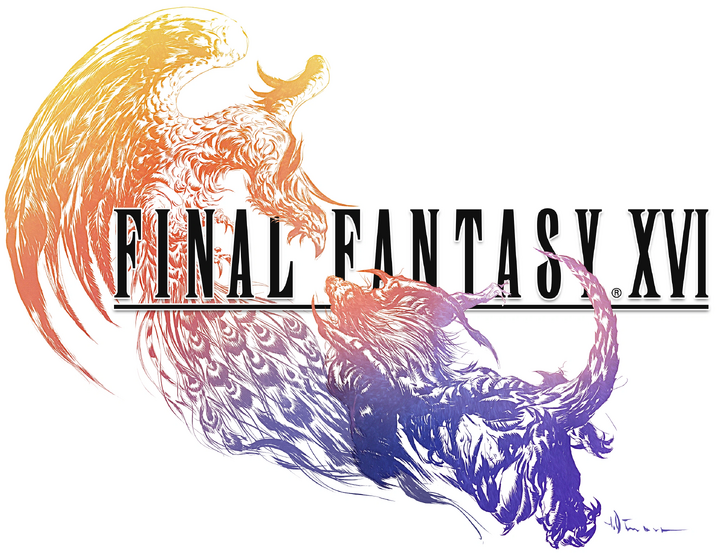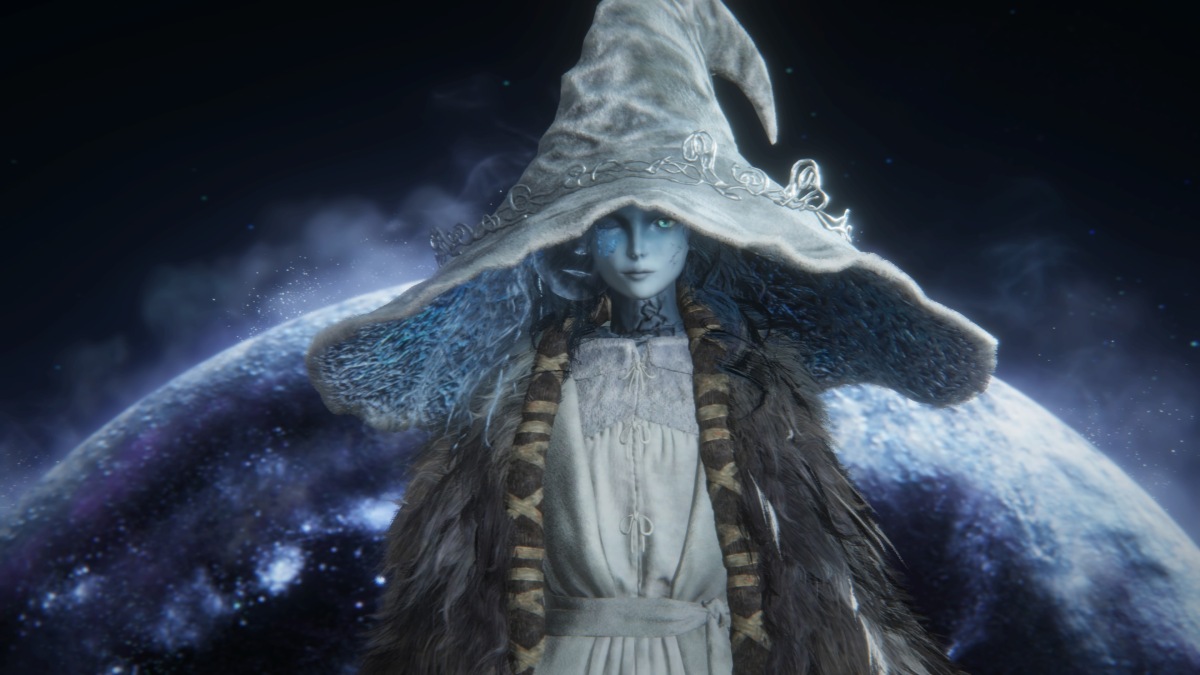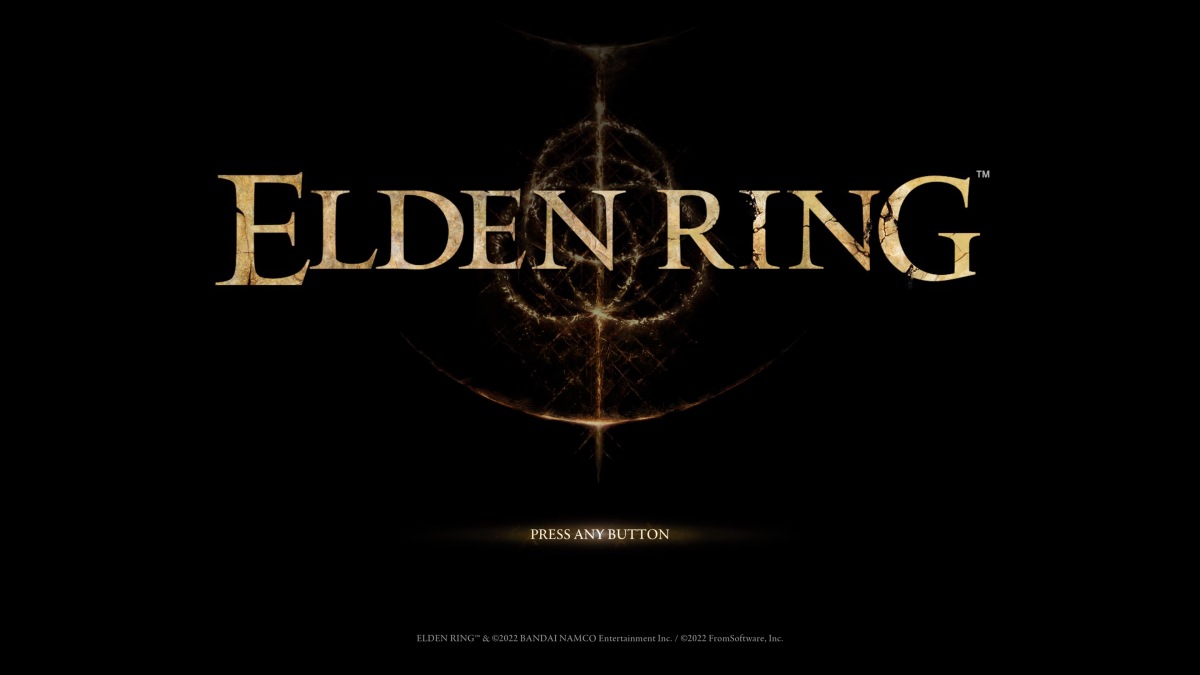I have been playing Final Fantasy games since 1989. I spent time with every major title and finished them all except FF8 and the two MMOs, both which I played but never hit endgame. I see the discourse surrounding Final Fantasy 16 and feel much is unjustified. Final Fantasy has been changing parts of its core gameplay for decades with nearly every title. Granted, some more significant than others. However, I can’t remember a time when a Final Fantasy game released and people didn’t decry it as “not Final Fantasy.” Final Fantasy 16 is no different.
These games have always been changing. Always evolving. While I contend FF3 is the evolution of FF1, and FF5 in some ways feels like the evolution of FF3, even these three games all have their differences. In the first three FF titles we see different leveling systems, skill-based progression, magic systems, and differing job systems. The franchise also changes its combat style for every major numbered release from FF9 thru FF16.
Furthermore, anyone who played Final Fantasy XI Online probably sees its inspirations throughout FF16. Enemy types and armor designs seemed obvious enough. Much of Sanbreque and its surrounding wilderness bares striking resemblance to San d’Oria and its forests. During my travels I encountered multiple areas that felt like I was back in FFXI’s Vana’diel crossing the Valkurm Dunes or traipsing through Yhoatar Jungle. Final Fantasy 16 has the DNA of the FF franchise woven throughout.

What binds Final Fantasy games together are familiar elements. Every entry I have played has a mix of (and I probably missed some):
- Medieval influences
- Cyberpunk/Steampunk/science fiction
- Magic
- Chocobos
- Moogles
- Summons
- Crystals
- Iconic franchise jobs
- Religion
- Politics
- Common enemies (cactaur, tonberry, etc)
- Airships
- A guy named Cid

Story
One of the most common comparisons Final Fantasy 16’s story draws is Game of Thrones. I get it. This game has a mature tone but it is not the first title to deal with war and politics. These themes have always been part of the franchise. But it is the first title to show the violence in such a graphic manner. But I can’t say it enough: these themes aren’t new. The violence , swearing, and partial nudity may be, but the series isn’t shy about mature themes. Final Fantasy 16, at its core, is an enjoyable experience about fighting for a better world where slaves are free and everyone forgets their own destiny. We are given an unlikely protagonist and follow him throughout multiple periods of his life spanning decades. We see him fall to his lowest point in life and watch as he is thrust into one impossible situation after another because he dares to take a stand. Although it has its share of typical tropes, the overall story and writing are good despite a little cheesy dialogue in places.
Combat
Combat has been the most controversial aspect of Final Fantasy 16. I love turn-based combat. It will always be my preference. However, I don’t have complaints about the action combat in FF16. It took some time to find the best abilities for my playstyle. When I did, combat was a breeze. FF16 gives players a lot of options throughout the game. The only draw-back is progressing enough to unlock them all. It took time to figure out the best times to use abilities given their recharge times. By the end of the game, and during my NG+ playthrough, combat has been a breeze.
Characters
This may be the best cast of characters since Final Fantasy 7. Throughout the main story we’re introduced to many supporting characters with many who are memorable. Final Fantasy 16 has no set party, but instead gives companions. Jill and Cid are two of the most common, with the banter between Clive and Cid often being humorous even in tough situations. The AI controlling supporting characters is generally good and helpful in combat and their respective voice actors did a phenomenal job bringing them to life.
The cast of antagonists is a mixed bag. Some are more interesting than others, with personal connections to Clive or others from the player’s party. Others seem sinister for the sake of being evil. Each has their own motive. Some are straightforward while others (especially near the endgame) become more complex and strange.
Summons
This is a huge departure from the series norma. Gone are summoners and summons that feel like larger spells being casted. Instead, certain characters become the summoned creature. These characters exist as a sort of demigod. Their transformation includes a “primed” version where the character becomes a hybrid with summon. Primed versions are smaller and usually consist of stronger version of the character with the summon’s elemental properties and abilities. The actual summons are massive and the boss battles are intense, often spanning multiple phases, with some that become larger and more menacing as the fight progresses. Clive’s summon, Ifrit, is also player-controlled during these sequences. Ifrit has its own abilities and controls similar to Clive and learns more as the game progresses and Clive becomes more capable while using Ifrit.
Music
Masayoshi Soken and Nubuo Uematsu don’t miss. Final Fantasy 16 has a mix of new and familiar music. One of my favorites was the overworld music from the original Final Fantasy orchestrated as eerily somber music during a boss fight. The music is always on point, setting the proper tone for every situation.
Misc Thoughts and Gripes
In my opinion, Final Fantasy 16 has a few blemishes.
- It is bloated with side quests. While many are clearly present for world-building, they can become tedious with multiple requirements that often involve running back and forth talking to people who are often nowhere near each other.
- The use of quick-time events often ruined my enjoyment of cinematics. In my opinion, the use of QTEs I’m games needs to end.
- No elemental system for spells. I get it. Faster action means less reaction time and we’re only allowed so many abilities to slot and we don’t get all of them right away. I get it. But it seems strange killing fire-based enemies fire spells and seeing Ifrit and Phoenix fight without healing each other.
- The pop screens for leveling up, completing quests and missions, and killing marks it insufferable. Make it a notification with an optional button-press to see that screen. I get those screens exist in older titles. But those titles weren’t action games. For this game, this screen is annoying.
- The “Final Fantasy” difficulty mode should be available from the start.




